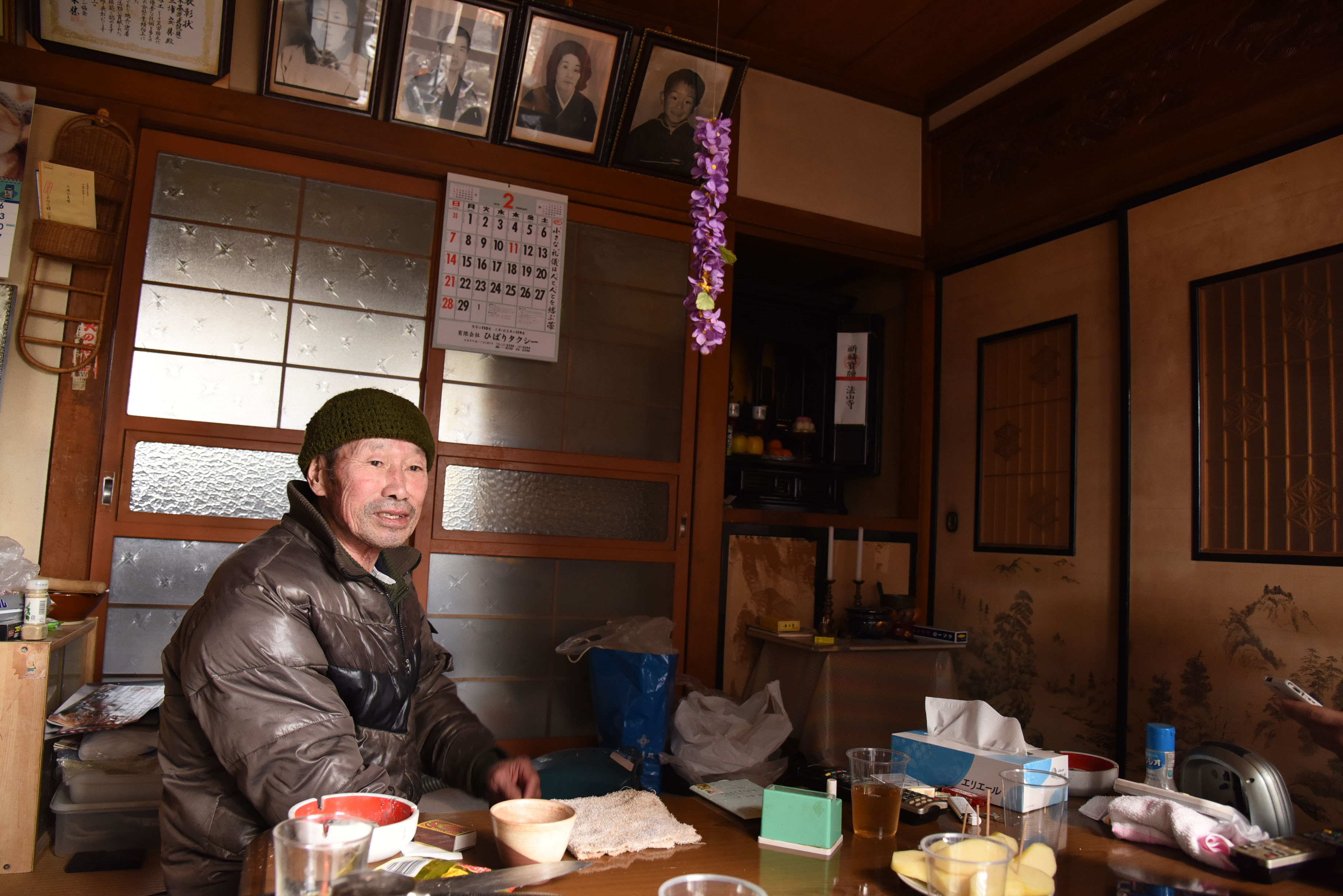On a chilly weekend morning last month, Yasukatsu Miura, 74, is bundled in a down jacket and wool beanie as he watches TV in his old two-story wooden house in Ishinomaki, Miyagi Prefecture, cold air entering through gaps in the front door.
Nearly five years have passed since towering tsunami ravaged the first floor of his house, but broken outer walls and torn wallpaper remain as reminders of the devastation.
Following the March 11, 2011, disasters, pensioner Miura repaired the house as much as possible with the ¥1.3 million in subsidies he received from the municipal government under an emergency support program to mend damaged homes.


















With your current subscription plan you can comment on stories. However, before writing your first comment, please create a display name in the Profile section of your subscriber account page.